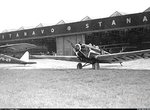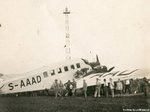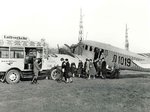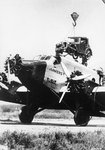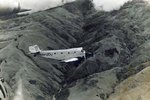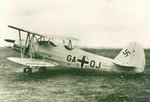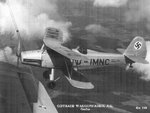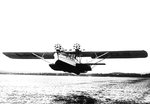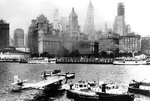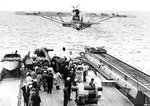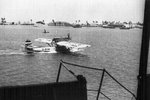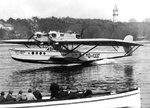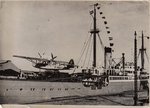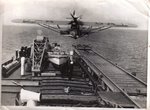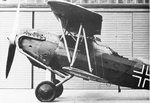- Thread starter
- #21
The Klemm Kl 25 was a successful German light leisure and training monoplane aircraft, developed in 1928. More than 600 aircraft were built, and manufacturing licenses were sold to the United Kingdom and the United States. With low cantilever wing, fixed landing gear, and two open cockpits, the aircraft was developed by Hanns Klemm who used his previous design, the Klemm Kl 20, as a starting point. It first flew on a 20 hp (15 kW) Mercedes engine. About thirty different versions of the Kl 25 were made, and these were equipped with engines ranging from 32 to 70 kW (43 to 94 hp). The fuselage was covered with plywood. Depending on the model, the aircraft's weight was 620 to 720 kg (1,367 to 1,587 lb), and it had a 10.5 to 13 m (34 to 43 ft) wingspan. Take-off was achieved at only 50 km/h (31 mph) and the maximum speed was between 150 to 160 km/h (93 to 99 mph).
In relation to similar aircraft of the time, assembly was very easy, and this made it a very popular aircraft. According to the sales brochures, only 25% of the engine's power was needed to keep the aircraft flying, compared to biplanes of the period, which required 50% engine power. About 600 were built in Germany between 1929 and 1936, serving with various flight training organizations, on either wheels, skis, or floats. Fifteen were sold to Britain before the Second World War, being fitted with a variety of domestic engines, while twenty-eight more were built by British Klemm Aeroplane Company as the B.A. Swallow.
In relation to similar aircraft of the time, assembly was very easy, and this made it a very popular aircraft. According to the sales brochures, only 25% of the engine's power was needed to keep the aircraft flying, compared to biplanes of the period, which required 50% engine power. About 600 were built in Germany between 1929 and 1936, serving with various flight training organizations, on either wheels, skis, or floats. Fifteen were sold to Britain before the Second World War, being fitted with a variety of domestic engines, while twenty-eight more were built by British Klemm Aeroplane Company as the B.A. Swallow.


